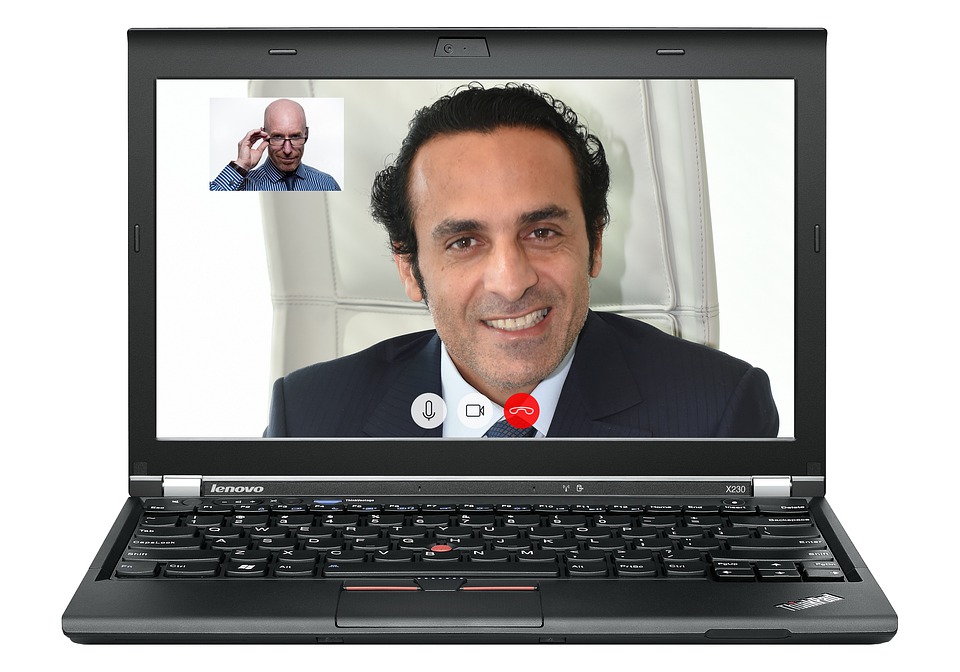In today’s global workforce, technology is a driving force. Phones and laptops interrupt conversations, Slack has replaced most face-to-face interaction, and with the rise of video conference technology like Zoom or GoogleHangouts, virtual meetings have become more commonplace than ever.
In-person meetings are often littered with miscommunication, poor organization, and unnecessarily long run times (One beneficial strategy is to make at least one meeting a day device free, a key Thrive Microstep that will help your team be more focused, engaged and productive.) But when meetings happen online, with participants joining from various locations, there’s even more room for disorder. Here are some actionable tips from Art Markman Ph.D., a professor of psychology at the University of Illinois, for ensuring virtual meetings run as smoothly and efficiently as possible:
Make like a teacher and call on people
Without face-to-face social cues, such as nodding at a colleague to pass them a proverbial mic, it can become difficult to establish whose turn it is to talk in a large virtual meeting. So if you are leading one, it’s imperative to be explicit about calling on people, Markman, who recently authored Bring Your Brain to Work, tells Thrive.
Give everyone a turn (whether you can see them or not)
Because not every participant might be visible during a virtual meeting, it can be easy for people to get lost or stay silent. Markman suggests maintaining a list of all participants in your meeting; if anyone on your list has not been given the chance to share their views, take care to call on them and ensure that they have an opportunity to speak.
Get to the point quickly
Meetings in any setting, online or otherwise, always run the risk of being monopolized by a single individual or a small group of the most outgoing people. Whereas in face-to-face communication someone might receive a visual cue that it’s time to wrap up or get to the crux of their idea, virtual communication doesn’t offer the same opportunity — and if people are on their laptops, they may tune out when someone takes a while to make a point, Markman tells Thrive. “You may need to be a bit more proactive in asking people to complete their point,” he says.
Want to share your story of how you thrive? Write to us at [email protected]


